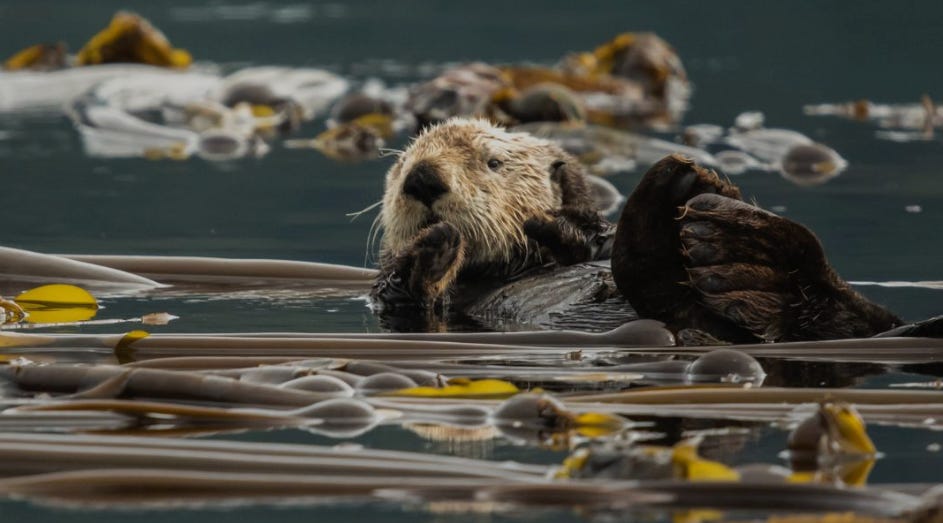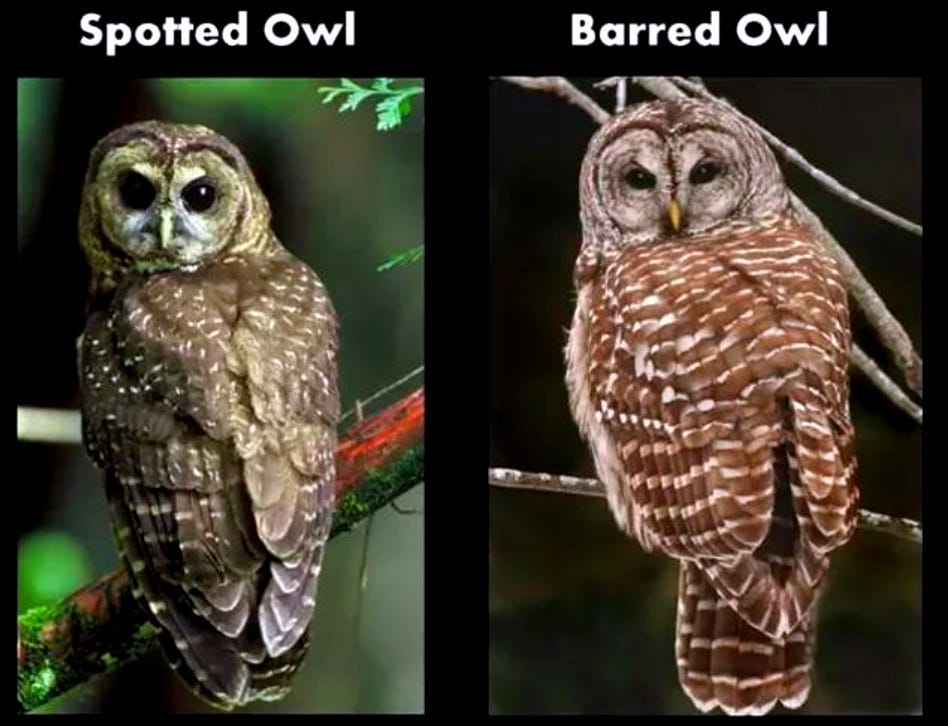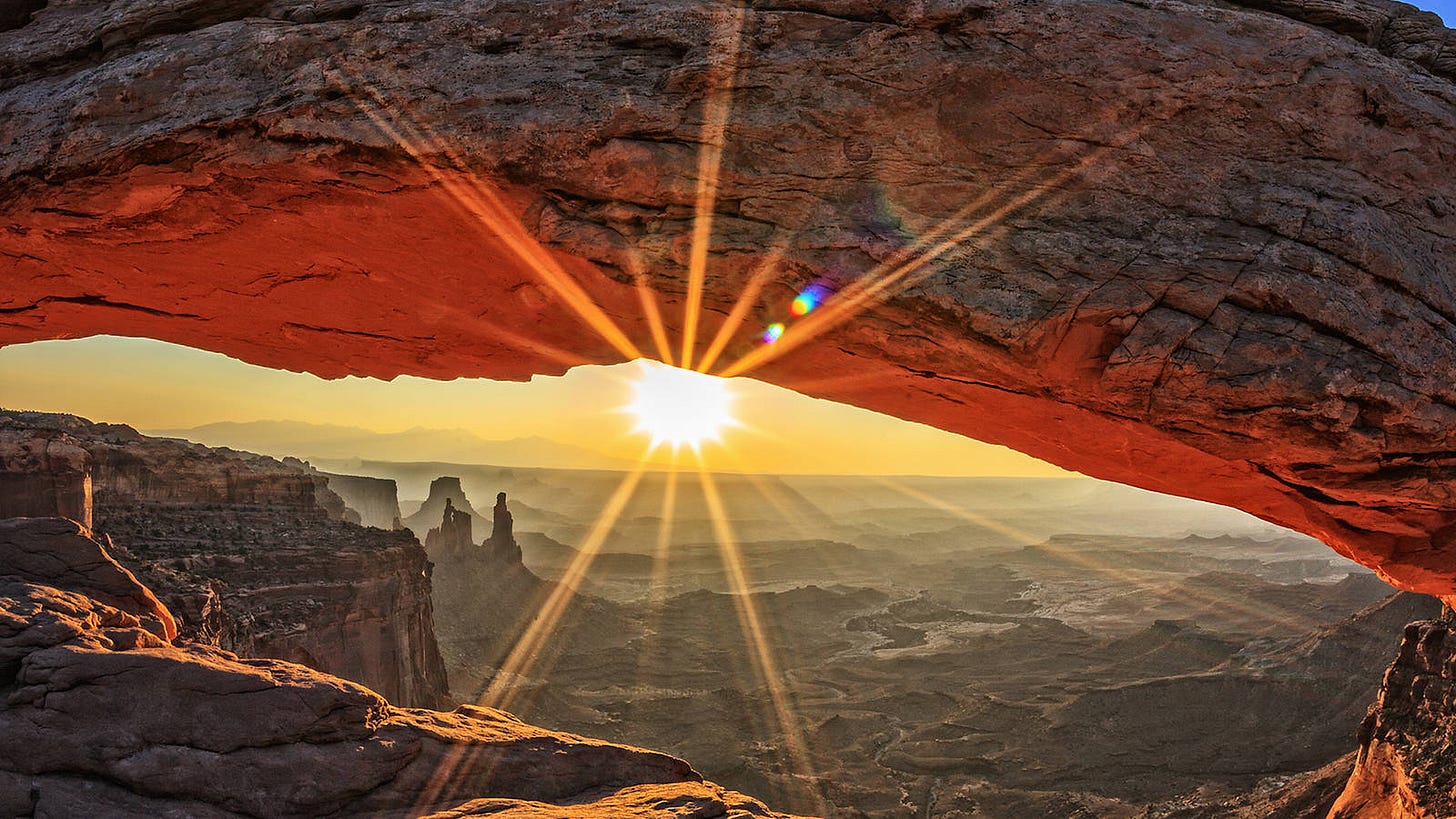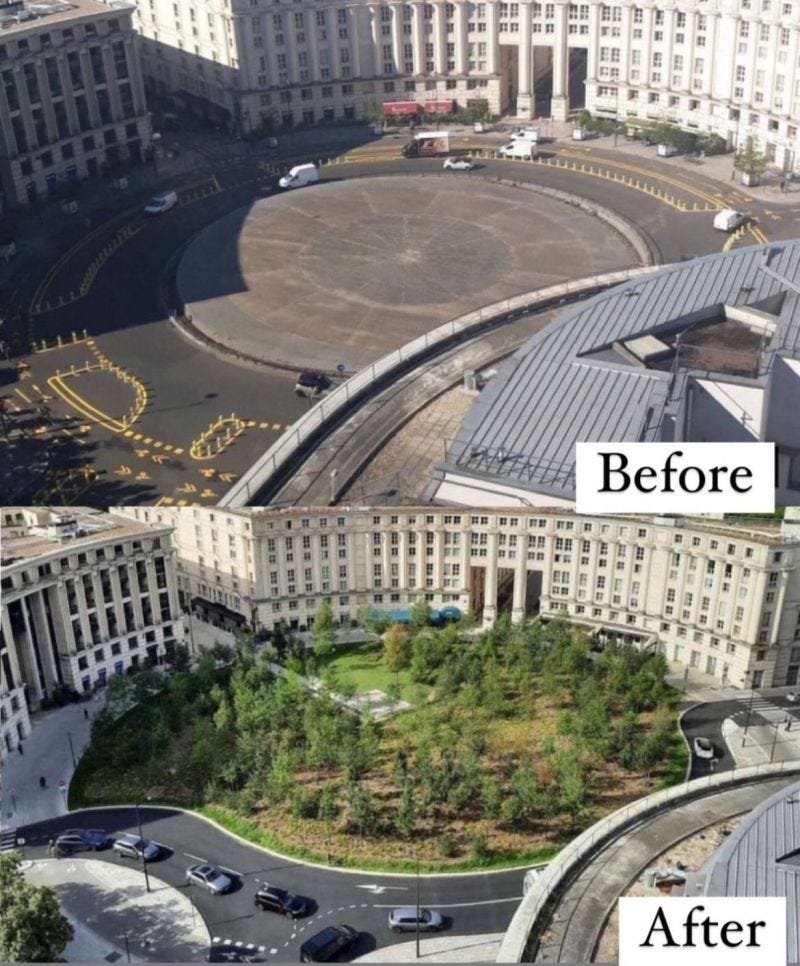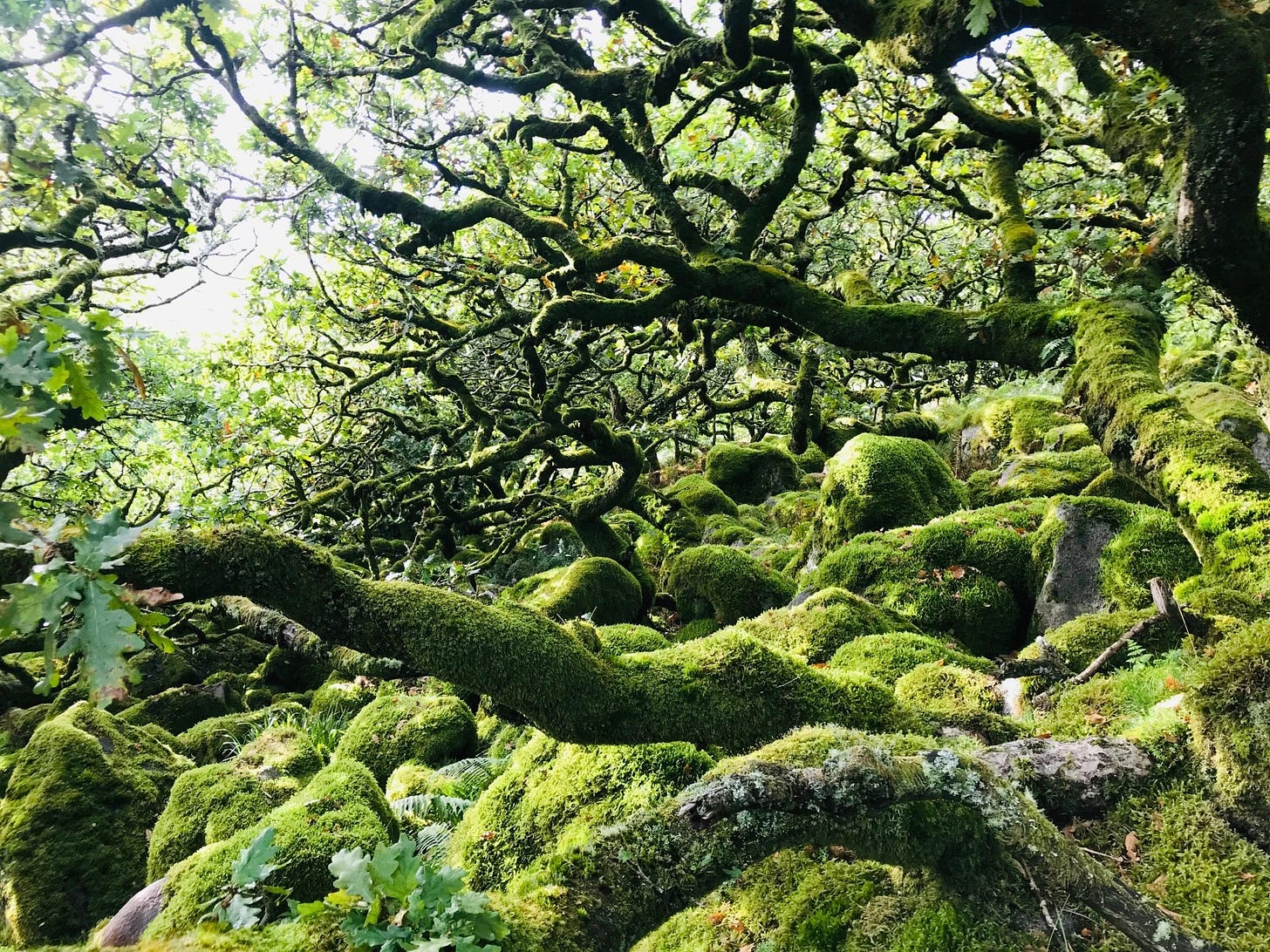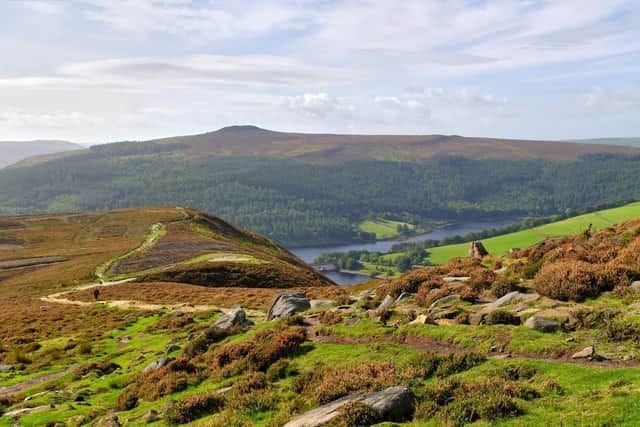Welcome to the latest edition of the Rewilder Weekly! 🦬🌳🐺🌞🌍
The 2nd of February marked World Wetlands Day (see also this week’s first story). Visit the site, make a pledge - and see many, many pledges from around the world - people committed to protecting and restoring wetlands. Inspiring to see! Now then, let’s get on with this week’s eight selected stories.
Wishing you a good week.
Cheers,
👉 As a reminder: If you come across stories you’d like to see featured in an upcoming edition of the Rewilder Weekly, send them to me and I’ll gladly do what I can.
1) GRA’s brand-new report on animals and wetlands
The 2nd of February marked World Wetlands Day - the perfect occasion for the Global Rewilding Alliance (and ten of their partners) to launch a groundbreaking report entitled “Taking Animals into Account”. It highlights the urgent need to rewild inland and coastal wetlands by restoring animals species essential to keep wetland ecosystems healthy and thriving.
We’re talking ecosystems here - it should go without saying that rewilding always focuses on the bigger picture, not just on the return of this species or that. Protection or reintroduction of species always happens in the context of that bigger picture. If all elements are in places, nature flows as it should. When elements are missing, ecosystems inevitably become poorer, degraded and unable to sustain themselves in a biodiversity-rich state. The new report highlights eleven case studies about ecosystem-engineering animals that generate outsized impact by their very presence.
👉 Go here for the article and full report
👉 and here to engage on LinkedIn
2) Recording: Scaling nature restoration
At the recent Citizen Zoo rewilding conference in Cambridge, Benedict Macdonald (founder and director of Restore (and author of Rebirding, Cornerstones, and Orchard), focused on scaling nature restoration. In his presentation, he takes you from the distant past to today, highlighting how Britain was DE-wilded. He rightly says that understanding how we got here helps people a great deal to want to start their rewilding journeys.
While he’s very clear on the massively degraded lands of Britain - he says “Every land is on a different journey, and every landscape is ecologically buggered to a different level.” - he doesn’t blame farmers who, he says, clearly understand that their lands are not in a good place. They are more than willing to change - and Restore helps them on that path.
👉 Go here to learn more about Restore’s vision
👉 and here to engage on LinkedIn
3) Pick one?
Quite a tale, recounted by Natasia Avrutin. North-western US states have long been home to the Spotted Owl, while the Barred Owl (originally from the northeastern side of the US), has begun to show up in Oregon since the seventies. In the past, logging industries have been blamed for the decline of the spotted owl - but eventually it came to light that the slightly bigger barred owl was a threat. Now the millions of dollars are set aside for especially trained hunters to kill 15’000 barred owls annually for the next thirty years (so 450’000 shot-gunned barred owls in total) to give the spotted owl a chance.
Opinions are very much divided about this plan. Sure, it can be argued that it doesn’t put a dent into the barred owl species. But then, the barred owl isn’t an invasive species (unlike the tale of the grey squirrel dominating the red in Britain). What the barred owl has done is migration, not invasion. And after decades the northwestern states are home to them, and they actually cross-breed with spotted owls (the hybrids have been given the portmanteau “sparred owl”). This, to me, is evolution, it is an entirely natural process. And if the spotted owl eventually fades out, then, again, that’s nature taking its natural course. What do you think? Should the spotted owl saved - if those are the only means?
👉 and here to engage on LinkedIn
4) The return of Scotland’s forests
The situation with native forests in Scotland remains dire. Nature restoration efforts make great strides in many places, but to date still only 4% of Scotland is home to native woodlands. The reasons for the ongoing challenges are many: from the razing of woodland in the past to overgrazing by sheep and deer, and from non-native trees to the ever-present foe that is climate change.
But what’s thoroughly amazing is the width and breadth of projects engaged in restoring native woodlands, from Scotland: The Big Picture’s Northwoods land partners to Rewilding Affric Highlands and from Wildland to Highlands Rewilding and many, many more - the scope and increasing scale of bringing native woodlands back to Scotland is truly heartening and inspiring. I’ve wanted to explore all of this a bit more - the past, the present, the possible futures. If you’re interested, tag along.
👉 and here to engage on LinkedIn
5) Cores, Carnivores, Corridors: Oh my, what a corridor!
The famous three Cs of rewilding are Cores, Carnivores and Corridors. Corridors are essential for wildlife to be able to travel, to feed, to seed, to mate - without them, nature is condemned to isolated nature reserve pockets. However large they may be, nature cannot properly function, unless it flow. This week Ben Goldsmith has highlight a new wildlife corridor that is - frankly - out of this world huge: The Moab to Mojave corridor from Utah to California is 600 miles long - and spans 18 million acres!
In the article, the National Parks Conservation Association reports that this outsized effort makes even the Greater Yellowstone Ecosystem look tiny in comparison. Coming in at second largest connected and protected landscape, Yellowstone is just over 6 million acres. See what I mean? The Moab to Mojave corridor is three times the size - that’s quite incredible. To give a bit of a sense: Switzerland (my abode) comes in at just over 10 million acres - and all of Scotland totals 19 million acres.
👉 and here to engage on LinkedIn
6) Bringing nature into cities: Paris mayor shows the way
If you’ve ever heard of the nature pyramid, then you’ll know what you’ve always felt - namely that we all need our daily dose of nature. In many of the big cities across the globe, that isn’t exactly easy. You can spend months in concrete jungles and never hear the song of a bird, the hum of a bee, the conversations of trees swaying in a breeze.
Since her election in 2014, the mayor of Paris, Anne Hidalgo, has bee stepping into the charge of greening ‘her’ city - and I think the scale at which she’s been changing Paris for the better cannot help but send clear messages of inspiration and can-do spirit to other officials around the world. The above image is of the Place de Catalogne - once a concrete dead-zone, now home to nearly 500 trees.
👉 Go here for an article that tracked the square’s change
👉 and here to engage on LinkedIn
7) Restoring temperate rainforests
Sometimes called Celtic Rainforests, sometimes Atlantic Rainforests, it’s wonderful to see how much effort goes into restoring temperate rainforest regions tree by tree by tree. It really is restoration from the brink of extinction. These forests of Britain and Ireland were once extensive - today there is less than 1% of that left. The existing maritime climate shows that, potentially, there’s room for 20%t of temperate rainforests in Britain (currently, the 13% of Britain that is covered by woodland is a majority of conifer plantations).
Learn more about these rare ecosystems that could once more become a boon for biodiversity-rich flora and fauna: 🌳 Lost Rainforest of Britain (Guy Shrubsole, 2022); An Irish Atlantic Rainforest (Eoghan Daltun, 2022); Our Oaken Bones (Merlin Hanbury-Tenison, to be released 20 March 2025). One example on ongoing efforts: Currently, thousands of trees are being planted in Devon.
👉 and here to engage on LinkedIn
8) A small rant about small minds
I have the hardest time stomaching small minds that consider their own pleasure on par (and often beyond that) with the needs of nature. I’ve come across a story where the National Trust aims to give 4'000 acres of moorland the chance to recover from overgrazing. Good! That land is to be enclosed with a low fence to keep sheep out. It is planned to do right by hikers, with easy ways to cross the fence every fifty yards. Sounds all around sensible to me.
The article in the Derbyshire Times goes on to mention “concerns”, such as “the issue of having fencing in a wild and remote environment where walkers seek the absence of so-called ‘civilisation’, if only for a few hours.” The man goes on to say that, while restoring the damage done to the moorland is commendable, “it’s a high price to pay.” Seriously!? I wish more people would look beyond their noses and see the needs of the rest of the world as a tad bigger than their own wishes.
👉 Go here for that excuse for an ‘article’
👉 and here to engage on LinkedIn
I usually end the newsletter with artwork by Chilean science illustrator and painter Mauricio Alvarez (mauricio_alvarez_art on Instagram). This time we’ve decided to mix it up a little and welcome the science illustrator Beverly McKay (paper.nautilus.illustrations on Instagram).
Today she’s regaling us with a beautiful watercolor rendering of a dry stone wall habitat in Lancashire, UK. She writes, “Dry stone walls are old and rather unique habitats in the UK and its former colonies. Now the edges of heavily industrialised farming, they still provide homes and corridors linking patches of wilder land for various wildlife. The stones are substrate for lichens and mosses which in turn provide niches for various invertebrates species. They in turn are food for birds, amphibians and small mammals such as hedgehogs. The narrow strip of land on either side of the wall is of superior soil quality compared to the farm land it surrounds. Many wild flower species will thrive adjacent to these walls.”
If you enjoy the Rewilder Weekly …
… please consider supporting my work. Your paid subscription will help generate the funds needed to realize a unique rewilding book I’m working on. And, of course, that paid subscription also ensures that the Rewilder Weekly will always keep going for those who cannot afford to pay. A thousand thanks!
That’s it for this week’s edition! For more rewilding insights and stories from around the globe, use the #rewilding hashtag and follow people, organizations and groups that are as passionate about rewilding as you are. Let’s keep connecting and growing the movement!








